
Vegetable Farming in South Africa
Filled with vitamins and nutrients, vegetables are perfect foods. Eaten in a variety of ways - from raw to roasted or as part of a hearty meal - vegetables can add flavour and substance to any dish.
Moms and doctors the world over know what they’re talking about when they tell you to eat your vegetables.
Vegetable farming in South Africa is not simply a matter of throwing some seeds in the ground and waiting for perfect produce. Optimal conditions vary from plant to plant and there is much to consider if you want a thriving crop.
South Africa Online ® covers the nitty gritty of growing healthy vegetables in South Africa of all shapes, sizes and varieties from wholesome butternut to delicate asparagus in all 11 official languages.
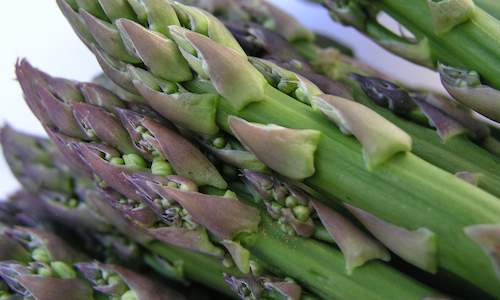
Asparagus is a perennial plant or herb from the family Asparagaceae. The plant grows from a rhizome underground, commonly referred to as the...
more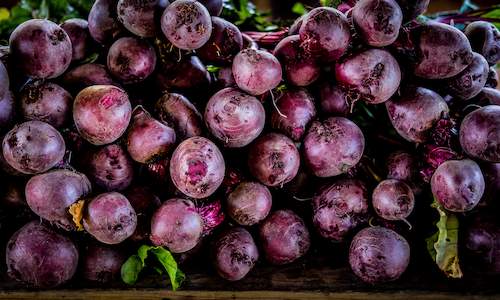
During the first year which it is normally harvested it produces heart shaped leaves on a short stem of 10 to 15 cm and the swollen roots ca...
more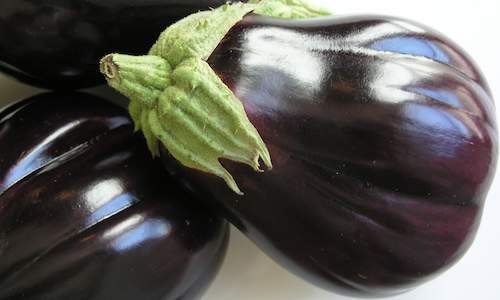
Brinjal is a plant with large dull green slightly fury leaves. Grows about one meter tall. The flowers before fruit set are light purple. Th...
more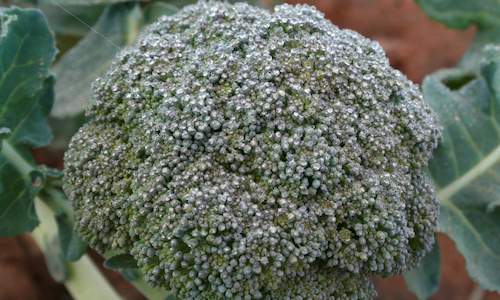
Broccoli grows as a flare of 8 to 12 grey green leaves that form into a bowl shape with the flower head or broccoli head growing out of the ...
more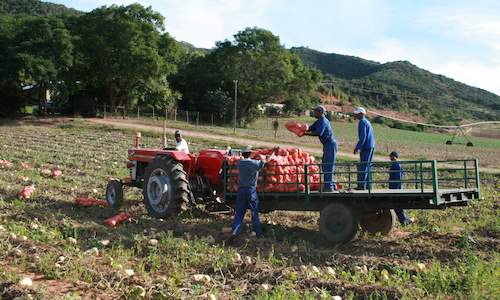
Butternuts are part of the cucurbit family of vegetables. Other cucurbits include marrows, cucumbers and pumpkins. They grow flat on the gro...
more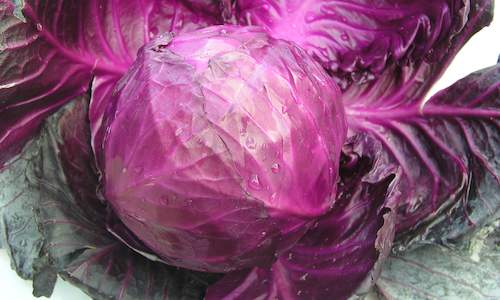
Cabbage can be grown on a range of soils but thrives on well-drained, moisture-retentive loamy soils well supplied with organic matter. It d...
more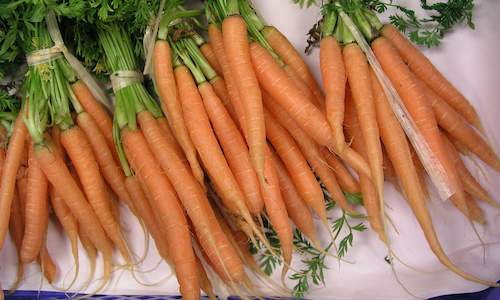
Carrots are a cool-season crop and can withstand moderate frost and is fairly adaptable to high temperatures of 28°C and higher....
more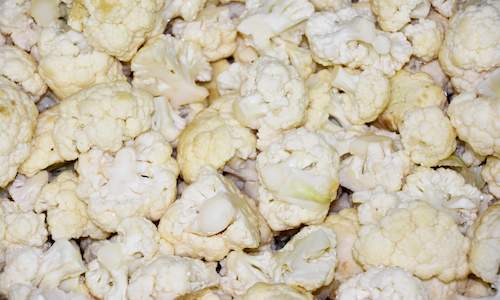
It is descendent from a wild cabbage and after undergoing various changes, it appeared as the vegetable we know today over 2000 years ago....
more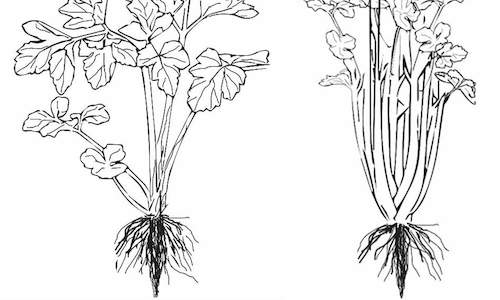
Celery belongs to the Apiaceae family and is related to parsley, parsnips, coriander and carrots. It originates in the Mediterranean region....
more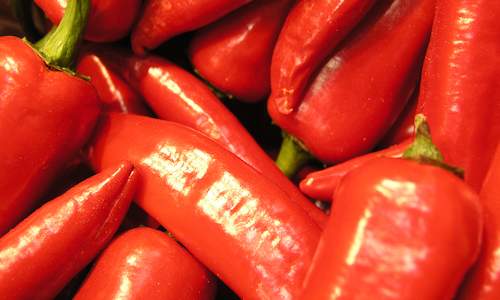
The chilli plant has green elongated oval leaves that narrow to pointy ends. The chilli plant can be in a bush that grows upright to about a...
more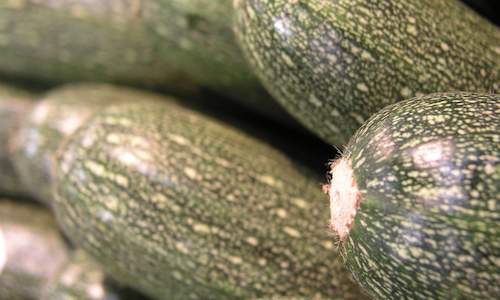
Courgettes are a relatively quick crop and can be harvested from as early as eight weeks from the planting of seeds....
more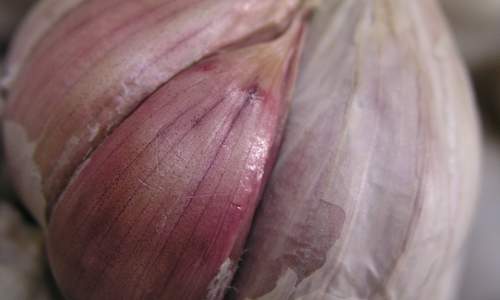
Garlic has been used for medicinal purposes as an anti-inflammatory, it is also believed to lower blood pressure and control cholesterol lev...
more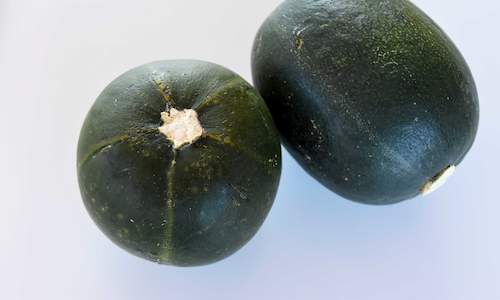
Gem squash originated in Central America. The gem squash is a trailing or vine cucurbit that bears small, dark green round fruit of about 80...
more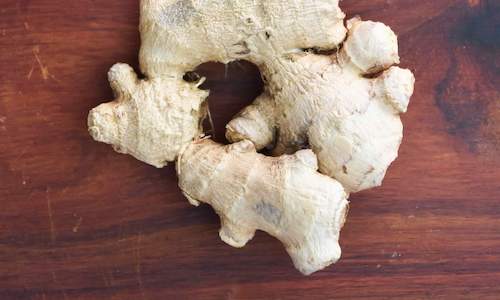
Ginger is used in cooking and is used in most Asian style dishes. It can be used in the raw state or can be juiced, made into an essence or ...
more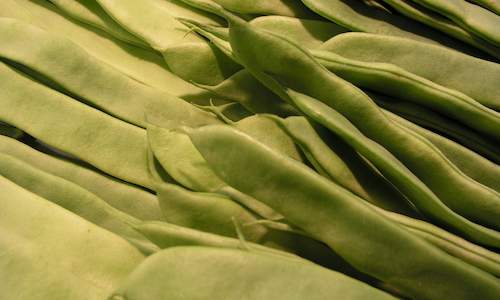
Can be a bush or a runner in which case must be planted with a trellising to keep beans off the ground. Can be consumed cooked or the young ...
more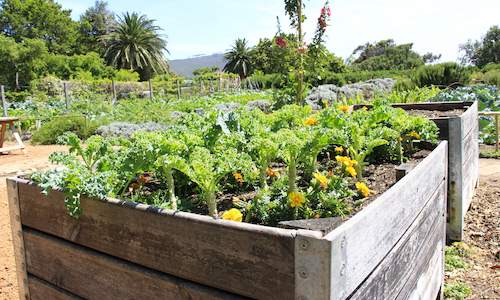
All methods improve soil fertility and are also helpful when money, water and soil is limited. Vegetables cultivated in this manner will be ...
more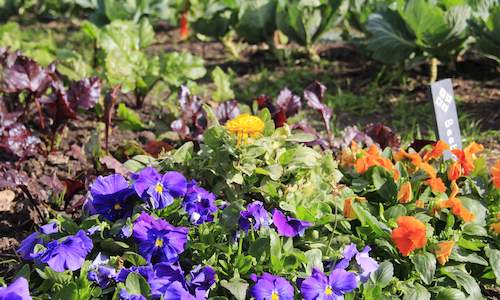
Soil is the most important factor in organic cultivation. Organic material helps the soil to keep moist for longer. Before starting a vegeta...
more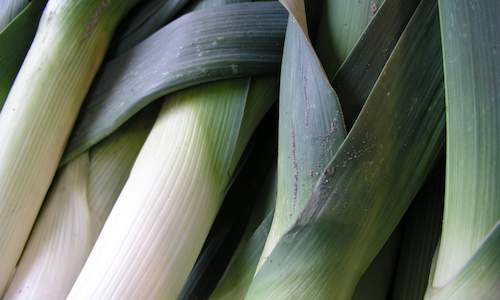
Leeks are part of the same family as onions and while they share some of the same production practices as onions, they are a more sensitive ...
more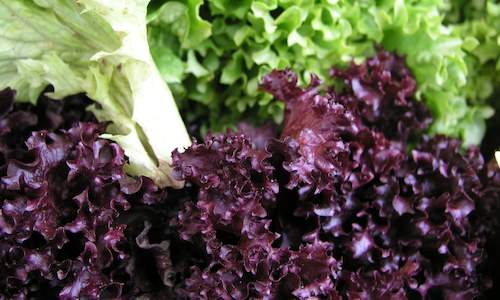
Lettuce is thought to have originated in parts of Asia, but the Egyptians are believed to be the first to start developing the plant for mor...
more
Onions are an herbaceous biennial in the family Liliaceae grown for its edible bulb. The stem of the plant is a flattened disc at the base a...
more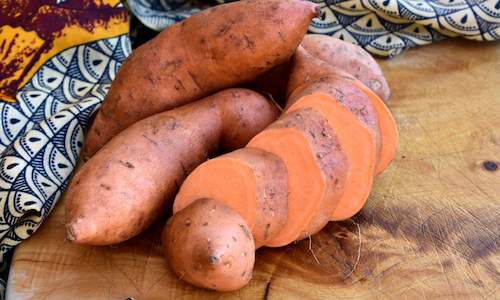
Sweet potato is an excellent source of energy, while containing substantial quantities of vitamin C and also contribute B vitamins and miner...
more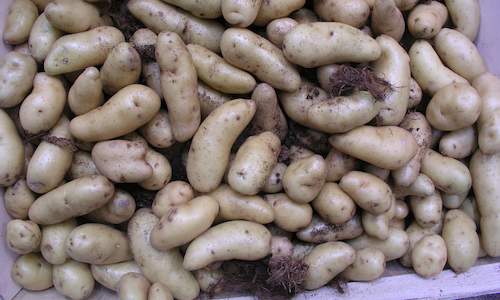
The potato plant has uneven branchy leaves above ground that are not edible and tubers underground which make up the main source of food. Po...
more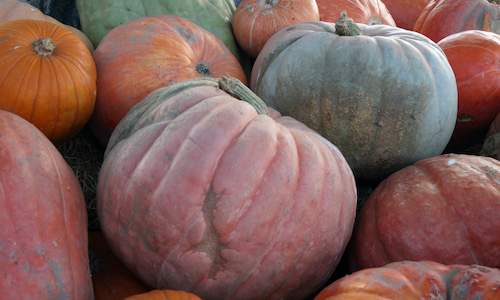
Pumpkin and squash do best in warm climates with ideal temperatures between 20°C and 30°C for the growing season....
more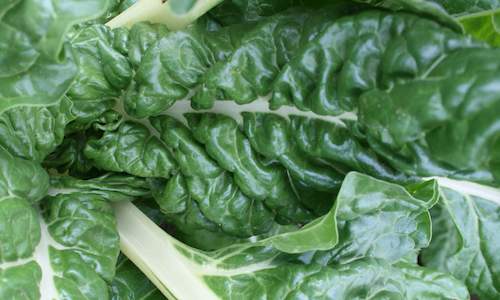
A leafy plant with slightly glossy crisp dark green leaves 25 to 30cm long and 10 to 20cm wide. Leaves start out relatively smooth and round...
more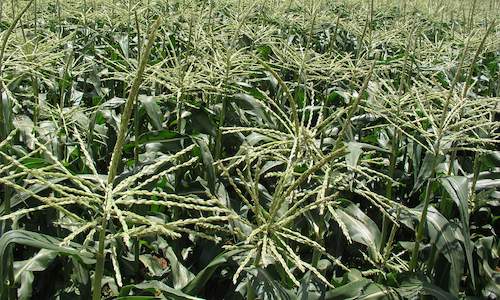
Sweet corn maize is a mutant of maize that contains at least double the sugar content of traditional maize....
more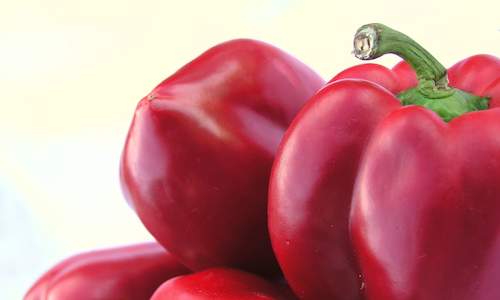
Sweet pepper is a tender plant with green oval shaped leaves that narrow to a pointy end. The pepper is a determinate plant that grows throu...
more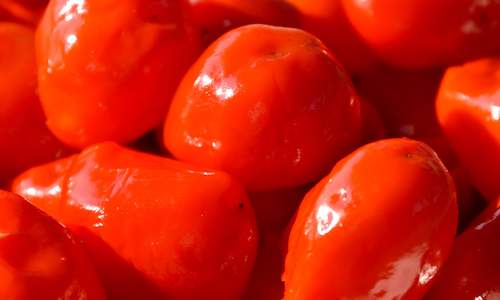
Sweet piquanté peppers are members of the chilli family and are indigenous to South America. The brand PEPPADEW® is used to market a varie...
more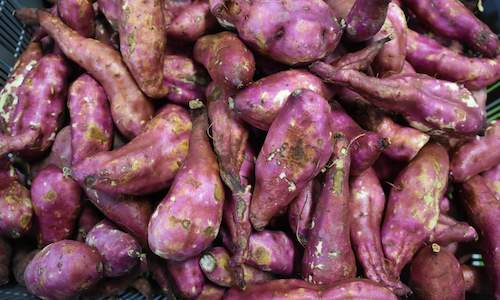
Sweet potato belongs to the morning glory family and produces edible storage roots....
more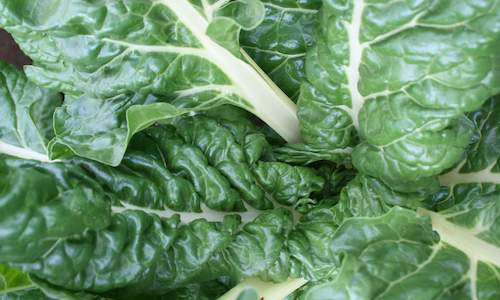
A leafy plant with glossy crisp light or dark green leaves 25 to 40 cm long and 15 to 20 cm wide. Swiss Chard is a cool weather plant and ca...
more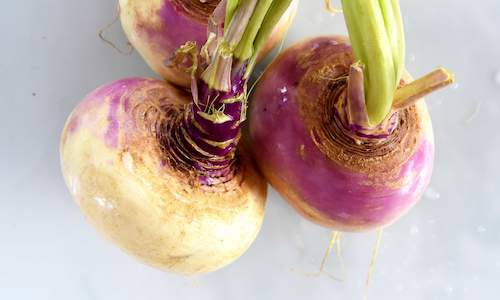
The turnip plant has dark green leaves with slightly serrated edges on a lighter green stem. These grow about 40 to 50 cm from the top of th...
more
 Asparagus is a perennial plant or herb from the family Asparagaceae. The plant grows from a rhizome underground, commonly referred to as the...
Asparagus is a perennial plant or herb from the family Asparagaceae. The plant grows from a rhizome underground, commonly referred to as the... During the first year which it is normally harvested it produces heart shaped leaves on a short stem of 10 to 15 cm and the swollen roots ca...
During the first year which it is normally harvested it produces heart shaped leaves on a short stem of 10 to 15 cm and the swollen roots ca... Brinjal is a plant with large dull green slightly fury leaves. Grows about one meter tall. The flowers before fruit set are light purple. Th...
Brinjal is a plant with large dull green slightly fury leaves. Grows about one meter tall. The flowers before fruit set are light purple. Th... Broccoli grows as a flare of 8 to 12 grey green leaves that form into a bowl shape with the flower head or broccoli head growing out of the ...
Broccoli grows as a flare of 8 to 12 grey green leaves that form into a bowl shape with the flower head or broccoli head growing out of the ... Butternuts are part of the cucurbit family of vegetables. Other cucurbits include marrows, cucumbers and pumpkins. They grow flat on the gro...
Butternuts are part of the cucurbit family of vegetables. Other cucurbits include marrows, cucumbers and pumpkins. They grow flat on the gro... Cabbage can be grown on a range of soils but thrives on well-drained, moisture-retentive loamy soils well supplied with organic matter. It d...
Cabbage can be grown on a range of soils but thrives on well-drained, moisture-retentive loamy soils well supplied with organic matter. It d... Carrots are a cool-season crop and can withstand moderate frost and is fairly adaptable to high temperatures of 28°C and higher....
Carrots are a cool-season crop and can withstand moderate frost and is fairly adaptable to high temperatures of 28°C and higher.... It is descendent from a wild cabbage and after undergoing various changes, it appeared as the vegetable we know today over 2000 years ago....
It is descendent from a wild cabbage and after undergoing various changes, it appeared as the vegetable we know today over 2000 years ago.... Celery belongs to the Apiaceae family and is related to parsley, parsnips, coriander and carrots. It originates in the Mediterranean region....
Celery belongs to the Apiaceae family and is related to parsley, parsnips, coriander and carrots. It originates in the Mediterranean region.... The chilli plant has green elongated oval leaves that narrow to pointy ends. The chilli plant can be in a bush that grows upright to about a...
The chilli plant has green elongated oval leaves that narrow to pointy ends. The chilli plant can be in a bush that grows upright to about a... Courgettes are a relatively quick crop and can be harvested from as early as eight weeks from the planting of seeds....
Courgettes are a relatively quick crop and can be harvested from as early as eight weeks from the planting of seeds.... Garlic has been used for medicinal purposes as an anti-inflammatory, it is also believed to lower blood pressure and control cholesterol lev...
Garlic has been used for medicinal purposes as an anti-inflammatory, it is also believed to lower blood pressure and control cholesterol lev... Gem squash originated in Central America. The gem squash is a trailing or vine cucurbit that bears small, dark green round fruit of about 80...
Gem squash originated in Central America. The gem squash is a trailing or vine cucurbit that bears small, dark green round fruit of about 80... Ginger is used in cooking and is used in most Asian style dishes. It can be used in the raw state or can be juiced, made into an essence or ...
Ginger is used in cooking and is used in most Asian style dishes. It can be used in the raw state or can be juiced, made into an essence or ... Can be a bush or a runner in which case must be planted with a trellising to keep beans off the ground. Can be consumed cooked or the young ...
Can be a bush or a runner in which case must be planted with a trellising to keep beans off the ground. Can be consumed cooked or the young ... All methods improve soil fertility and are also helpful when money, water and soil is limited. Vegetables cultivated in this manner will be ...
All methods improve soil fertility and are also helpful when money, water and soil is limited. Vegetables cultivated in this manner will be ... Soil is the most important factor in organic cultivation. Organic material helps the soil to keep moist for longer. Before starting a vegeta...
Soil is the most important factor in organic cultivation. Organic material helps the soil to keep moist for longer. Before starting a vegeta... Leeks are part of the same family as onions and while they share some of the same production practices as onions, they are a more sensitive ...
Leeks are part of the same family as onions and while they share some of the same production practices as onions, they are a more sensitive ... Lettuce is thought to have originated in parts of Asia, but the Egyptians are believed to be the first to start developing the plant for mor...
Lettuce is thought to have originated in parts of Asia, but the Egyptians are believed to be the first to start developing the plant for mor... Onions are an herbaceous biennial in the family Liliaceae grown for its edible bulb. The stem of the plant is a flattened disc at the base a...
Onions are an herbaceous biennial in the family Liliaceae grown for its edible bulb. The stem of the plant is a flattened disc at the base a... Sweet potato is an excellent source of energy, while containing substantial quantities of vitamin C and also contribute B vitamins and miner...
Sweet potato is an excellent source of energy, while containing substantial quantities of vitamin C and also contribute B vitamins and miner... The potato plant has uneven branchy leaves above ground that are not edible and tubers underground which make up the main source of food. Po...
The potato plant has uneven branchy leaves above ground that are not edible and tubers underground which make up the main source of food. Po... Pumpkin and squash do best in warm climates with ideal temperatures between 20°C and 30°C for the growing season....
Pumpkin and squash do best in warm climates with ideal temperatures between 20°C and 30°C for the growing season.... A leafy plant with slightly glossy crisp dark green leaves 25 to 30cm long and 10 to 20cm wide. Leaves start out relatively smooth and round...
A leafy plant with slightly glossy crisp dark green leaves 25 to 30cm long and 10 to 20cm wide. Leaves start out relatively smooth and round... Sweet corn maize is a mutant of maize that contains at least double the sugar content of traditional maize....
Sweet corn maize is a mutant of maize that contains at least double the sugar content of traditional maize.... Sweet pepper is a tender plant with green oval shaped leaves that narrow to a pointy end. The pepper is a determinate plant that grows throu...
Sweet pepper is a tender plant with green oval shaped leaves that narrow to a pointy end. The pepper is a determinate plant that grows throu... Sweet piquanté peppers are members of the chilli family and are indigenous to South America. The brand PEPPADEW® is used to market a varie...
Sweet piquanté peppers are members of the chilli family and are indigenous to South America. The brand PEPPADEW® is used to market a varie... Sweet potato belongs to the morning glory family and produces edible storage roots....
Sweet potato belongs to the morning glory family and produces edible storage roots.... A leafy plant with glossy crisp light or dark green leaves 25 to 40 cm long and 15 to 20 cm wide. Swiss Chard is a cool weather plant and ca...
A leafy plant with glossy crisp light or dark green leaves 25 to 40 cm long and 15 to 20 cm wide. Swiss Chard is a cool weather plant and ca... The turnip plant has dark green leaves with slightly serrated edges on a lighter green stem. These grow about 40 to 50 cm from the top of th...
The turnip plant has dark green leaves with slightly serrated edges on a lighter green stem. These grow about 40 to 50 cm from the top of th...